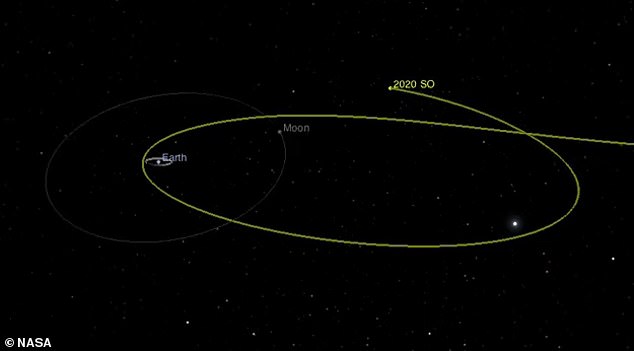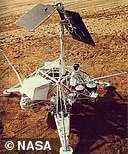A booster rocket was captured in the abyss of space during a mission to the moon in 1966 by Earth’s gravity and will orbit our planet for “ a few weeks ”.
NASA launched the unmanned probe, Surveyor 2, to the moon in 1966, but an issue during the flight caused the spacecraft to lose control and NASA eventually lost contact.
Now Centaur, the enhanced upper-stage missile that helped lift the doomed spacecraft off Earth, was captured by our planet outside of its orbit around the sun.
It is expected to become a temporary satellite over the next few weeks or months until it finally escapes from the Earth’s gravitational pull and is back into solar orbit.
A booster rocket was captured in the abyss of space during a mission to the moon in 1966 by Earth’s gravity and will orbit our planet for “ a few weeks. ”
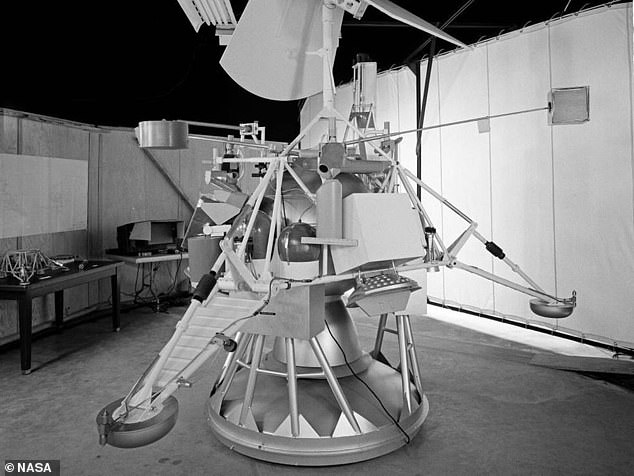
NASA launched the Surveyor 2 mission to the moon in 1966, but an issue during the flight caused the spacecraft to lose control and NASA eventually lost contact
The tiny object was observed in September by astronomers, the NASA-funded Pan-STARRS1 Survey Telescope in Maui.
They saw that it was following a slight but clearly curved path in the sky – a sign of its proximity to Earth – and initially assumed it was an asteroid.
When it was first observed, the Minor Planet Center in Cambridge Massachusetts called it SO 2020 – a standard designation for an asteroid.
However, scientists from NASA’s Center for Near-Earth Object Studies (JPL) in Southern California saw the orbit and suspected it was something entirely different.
After additional observations, JPL researchers realized that it was a spent booster rocket dating back to the early years of the Space Race.
The Surveyor 2 Lunar Lander was launched towards the Moon on September 20, 1966, on an Atlas-Centaur missile.
The mission was designed to explore the surface of the Moon in advance of the Apollo missions that led to the first manned landing on the Moon’s surface in 1969.
Shortly after takeoff, Surveyor 2 detached from the Centaur upper stage booster as intended. But control of the spacecraft was lost after a day when one of its engines failed to ignite, causing it to spin.
The spacecraft collided with the moon southeast of the Copernicus crater on September 23, 1966. Meanwhile, the spent Centaur rocket sailed into the upper phase of the moon and disappeared into an unknown orbit around the sun.
Suspecting that the 2020 SO was a remnant of an ancient lunar mission, CNEOS director Paul Chodas has “ turned the clock back ” and turned the body’s orbit backward to locate it in the past.
Chodas found that 2020 SO came fairly close to Earth several times over the decades, but the 2020 SO approach in late 1966, according to his analysis, was close enough to the point that it may have originated from Earth.
NASA JPL said that most asteroids come with a more elongated and titled orbit relative to Earth’s orbit – but that in reality was similar to Earth’s own orbit.
It was as close to the sun as the Earth and had a circular orbit at an orbital plane nearly identical to the Earth.
Very unusual for an asteroid, but something you might expect from a satellite.
The pressure exerted by sunlight is small but constant, and has a greater effect on a hollow body than a solid object.
The spent rocket is basically an empty tube, and thus it is a low density object with a large surface area.
So it will be pushed by the pressure of solar radiation more than a high-density solid rock mass – much like an empty soda that can be pushed by the wind more than a small stone.
“The pressure of solar radiation is a non-gravitational force produced by light photons emitted from the sun that collide with a natural or artificial object,” said David Varnoquia, a navigation engineer at the Jet Propulsion Laboratory.
“The acceleration produced on an object depends on what is called the area-to-mass ratio, which is greater for small, light, low-density objects.”
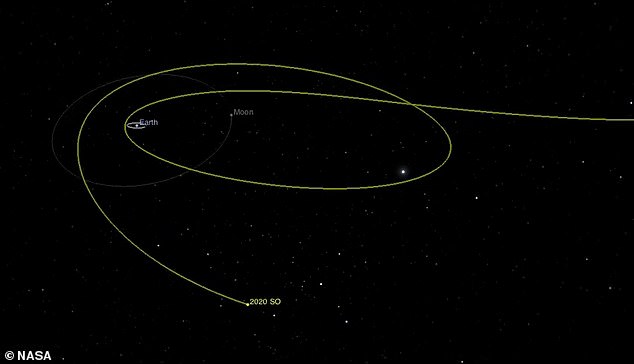
It is expected to become a temporary satellite over the next few weeks or months until it finally escapes from the Earth’s gravitational pull and returns back to a solar orbit.
So, with new measurements and knowledge of the way sunlight propels its path, the team realized that it was likely a relic of the early Space Age.
“ One of the potential pathways for the 2020 SO is to bring the object very close to the Earth and the Moon in late September 1966, ” Chodas said.
“It was like an eureka moment when a quick examination of the launch dates of the Lunar missions showed a match for the Surveyor 2. mission.”
Now, in 2020, the Centaurs seem to be back on Earth for a short visit.
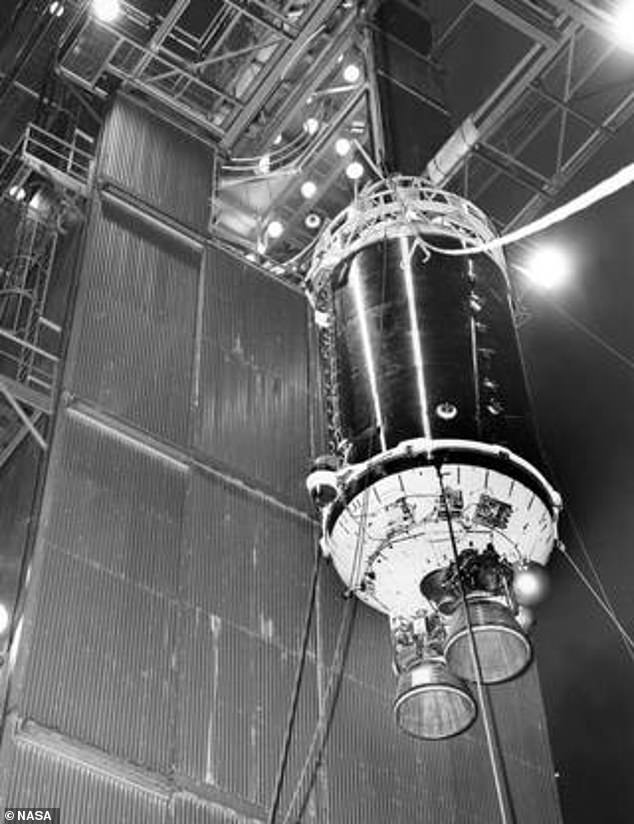
Now Centaur, the enhanced upper-stage rocket that helped lift the ill-fated spacecraft, was captured by our planet outside its orbit around the sun
On November 8, 2020, it drifted into Earth’s gravitational field, a region called the Hill Zone that extends about 930,000 miles from our planet.
This is where the 2020 SO will stay for about four months before escaping again into a new orbit around the Sun in March 2021.
Before its departure, the 2020 SO will make two major rings around our planet, with its closest approaching on December 1.
During this period, astronomers will get a closer look and study its composition using spectroscopy to confirm whether 2020 SO is really an artifact of Space Race.

Communicator. Reader. Hipster-friendly introvert. General zombie specialist. Tv trailblazer

